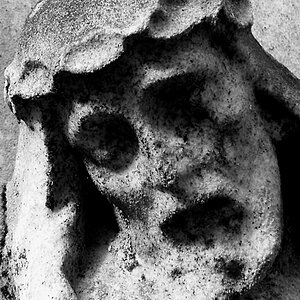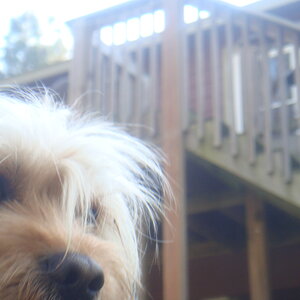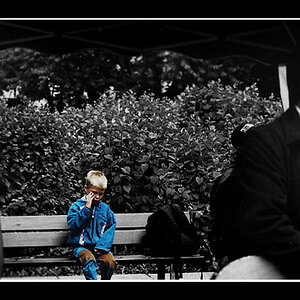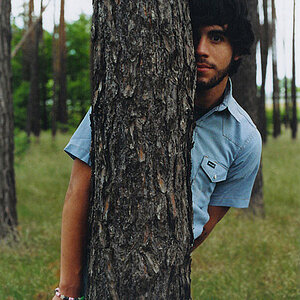jamesino
TPF Noob!
- Joined
- Dec 9, 2007
- Messages
- 115
- Reaction score
- 0
- Can others edit my Photos
- Photos OK to edit
A sample binocular measurement would consists of: magnification x objective diameter, eg. 3 x 60.
Suppose my binocular is 3 x 60 (3x magnification), what would be the equivalent focal length I need from a telephoto lens to achieve the same degree of magnification?
Suppose my binocular is 3 x 60 (3x magnification), what would be the equivalent focal length I need from a telephoto lens to achieve the same degree of magnification?







![[No title]](/data/xfmg/thumbnail/30/30994-49c5521f7b5b417f49dcd43891cbec27.jpg?1619734557)
![[No title]](/data/xfmg/thumbnail/42/42349-fa3065c4e047f0114ec8715d9168dff9.jpg?1619740147)

![[No title]](/data/xfmg/thumbnail/33/33026-d1cc9c60c2164adb92d7186eedb0673d.jpg?1619735840)
![[No title]](/data/xfmg/thumbnail/40/40293-6f5ffaecd4c1aac1ffc73bb0972aab51.jpg?1619739410)
![[No title]](/data/xfmg/thumbnail/40/40297-5b7d12c4c72c43b505a6f575d338d573.jpg?1619739411)
